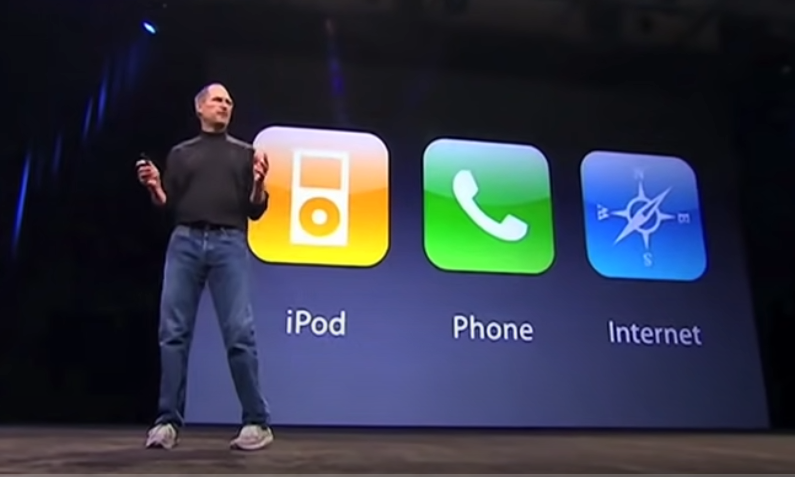Apple has always been criticized for being late in the game, especially with its iPhone line. Whenever a new iPhone is launched, many users would point out that its “new” feature is already old and has already been implemented with the Android competition. While there’s some merit to it, the iPhone is still wanted by many, while Apple remains one of the most successful companies in the world.
But how was it able to accomplish that? Is it because Apple has superior products over its competition? I doubt that. But I’d say that Apple’s strategic patience played a significant role. Even for a company often mocked for being “late in the game,” it knows how to time things well.
What is strategic patience?
From its political origin, strategic planning is a foreign policy doctrine, but it simply means waiting for a favorable opportunity to achieve a goal. In the case of Apple, it is known for waiting for the right time to launch products.
Apple spent two years developing the iPhone before unveiling it in 2007 – a time when the identity of a smartphone was tied to a physical keyboard or a stylus. The company could’ve just dove in and introduced a product similar to what Nokia and BlackBerry were making, but I’m pretty sure Jobs decided to wait for the right time to launch something different. I will spare you the history lesson by asking where Nokia and BlackBerry are now.
The iPhone is not the earliest example, though. In the mid-90s, portable MP3 players already existed, but Apple found them clunky with limited storage. Again, Apple could’ve made cheap MP3 players to saturate the market but instead, studied the market, observed the shortcomings of existing products, then introduced the iPod. It was a technological marvel, but its idea is simple to grasp – it holds a thousand songs and can fit in your jeans pocket.
The M1 chip is also a good example. Apple knew that relying on Intel for the chips in their Macs could put them at a disadvantage, so it decided to develop Apple Silicon, an ARM-based systems-on-a-chip. Interestingly, Apple engineers started tinkering around the technology at least a decade before introducing it to the public.
Another example is the Apple Watch. Apple is not a pioneer in the wearable space. Sony and Samsung had already launched smartwatches before the first Apple Watch in 2015, 8 years after the first iPhone was launched. It was a strategic decision. It waited for the technology to be ready and for the market to mature.
Tim Cook summarized the idea in an interview with Fast Company in 2015 with the launch of the Apple Watch. “We weren’t first on the MP3 player; we weren’t first on the tablet; we weren’t first on the smartphone, but we were arguably the first modern smartphone, and we will be the first modern smartwatch — the first one that matters.”
Going against the first-mover trend
We now live in a world where we often equate speed to success, and that the first ones to launch their products and implement new features are considered leaders in the industry. Apple, apparently, sees it differently by prioritizing quality over speed. I’m not trying to paint a perfect picture of Apple here, though, as there were times it released products that seemed to go against its standards. But we have to admit that it’s good at what it does. It took its time studying first-mover competitors and learned from its mistakes. It didn’t rush its development process but instead refined its ideas repeatedly. And most of the time, if not always, it results in thoroughly considered and well-executed products.
The iPhone 15 series is one of the newest examples of Apple implementing strategic patience. Its smartphones finally have USB-C, which Android users have enjoyed for years. The funny thing is Apple didn’t even decide to implement this on its own; it was pressured into it after the European Union ruled that smartphones and other electronic devices must have a USB-C port by the end of 2024. I’m sure Apple was already aware of the benefits of USB-C when the technology was released in 2015 but held off the implementation for the iPhone until 2023. Call Apple a late-comer, but its Made for iPhone (MFI) program generated billions of dollars annually in licensing revenue from accessory makers that used Lightning.
Being first is not always a guaranteed path to success
Apple’s achievements, as evident in its product development and market value, show that strategic patience, when implemented properly, can benefit the company’s long-term success. And it’s not just Apple as there are other companies that were not first in their industry but are now leaders, like Tesla, Netflix, Amazon, and Spotify.
By being patient and waiting for the right time to implement new technologies or enter new markets, companies can avoid costly mistakes and, at the same time, will be able to focus on developing innovative products that meet the needs of their customers.



